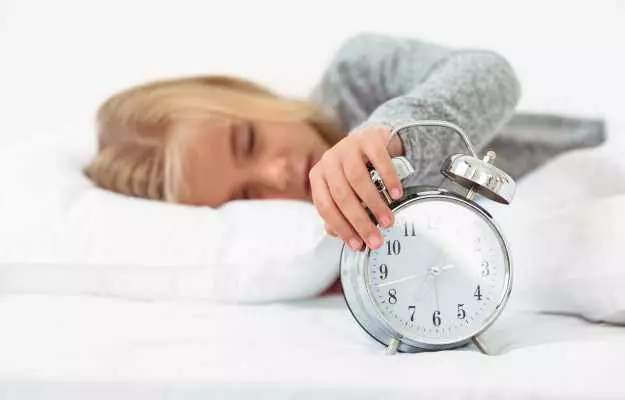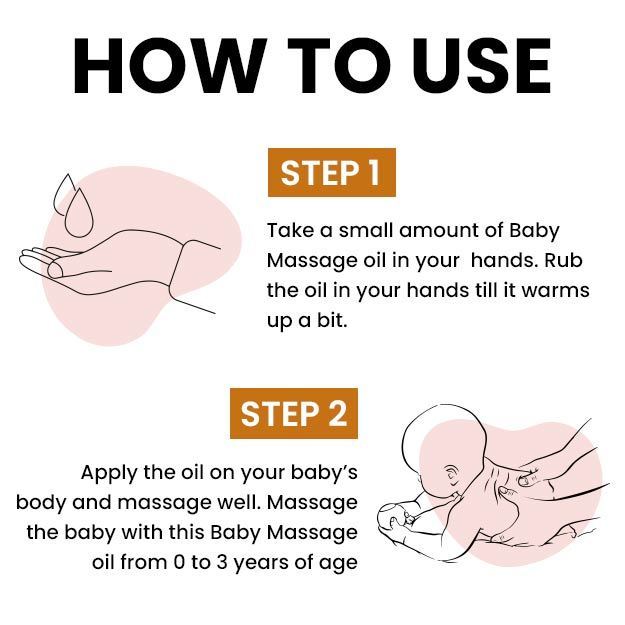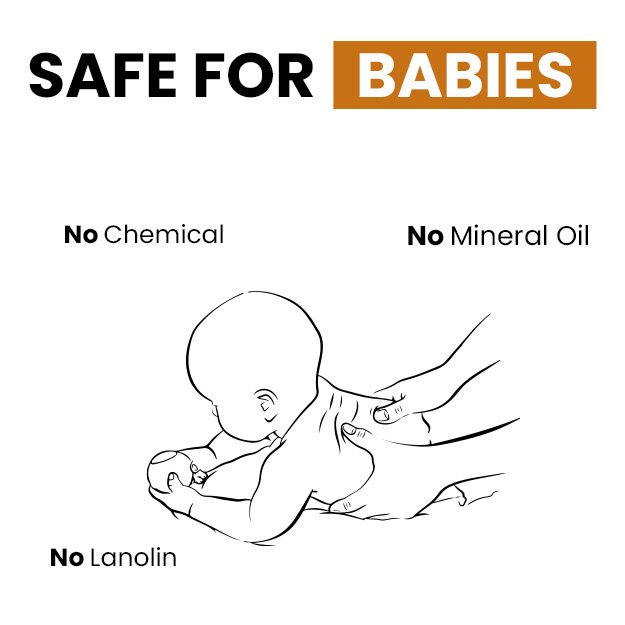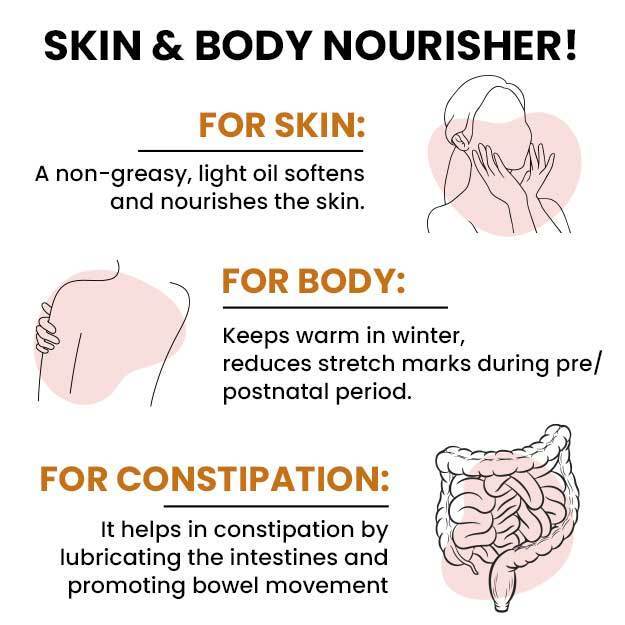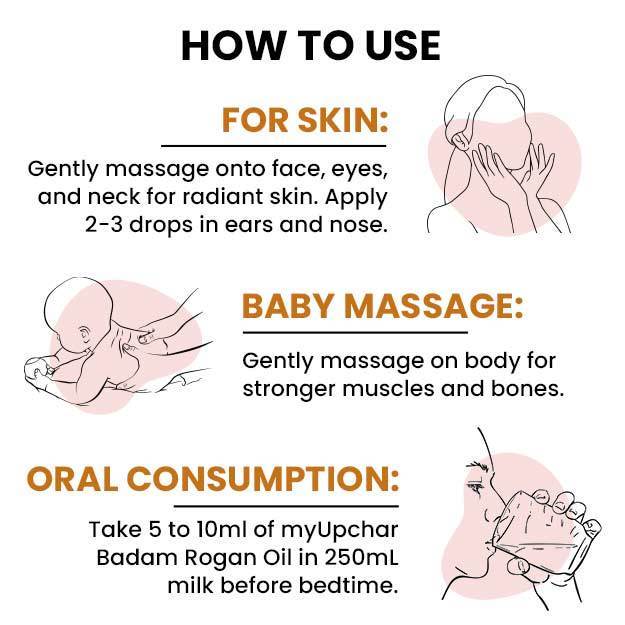Every living organism, whether it’s plants or animals, needs downtime or a time designated for complete rest. For most living things, but especially all animals including humans, this downtime is known as sleep. Sleep is a natural process governed by the circadian rhythm or the sleep-wake cycle, which in turn is regulated by daylight—you stay awake during the day and sleep at night.
Please click on this link to know better sleep disorder treatment.
If this circadian rhythm is disrupted for any reason, sleep problems and sleep disorders can emerge. This is especially true for children because sleep is one of the primary activities of their brain during early life. You might have observed that a newborn baby sleeps for the best part of the day and night, and this is because a newborn does not have a sleep cycle. Healthy newborns sleep for 16 hours a day—though they wake up intermittently to feed and be changed when they dirty their diaper.
The circadian rhythms in newborns only start developing at about six weeks old. It takes them three to six months to develop a regular sleep-wake cycle, and yet until about two years of age, most children would have spent more time asleep than awake. The US National Sleep Foundation estimates that a child spends 40% of his or her childhood asleep, and this percentage is vital because sleep directly impacts the mental and physical development of children.
Studies also indicate that sleep patterns in early life, especially good sleep hygiene, can also impact overall health later in life. A child taught to maintain a healthy sleep cycle may stick to it for the rest of their life, which can ensure good health. So, it’s important that your newborn gets all the sleep he or she needs now and throughout the childhood years. Here’s everything you need to know about sleep problems in children and how to overcome them.
(Read More - Sleep Deprivation treatment)

